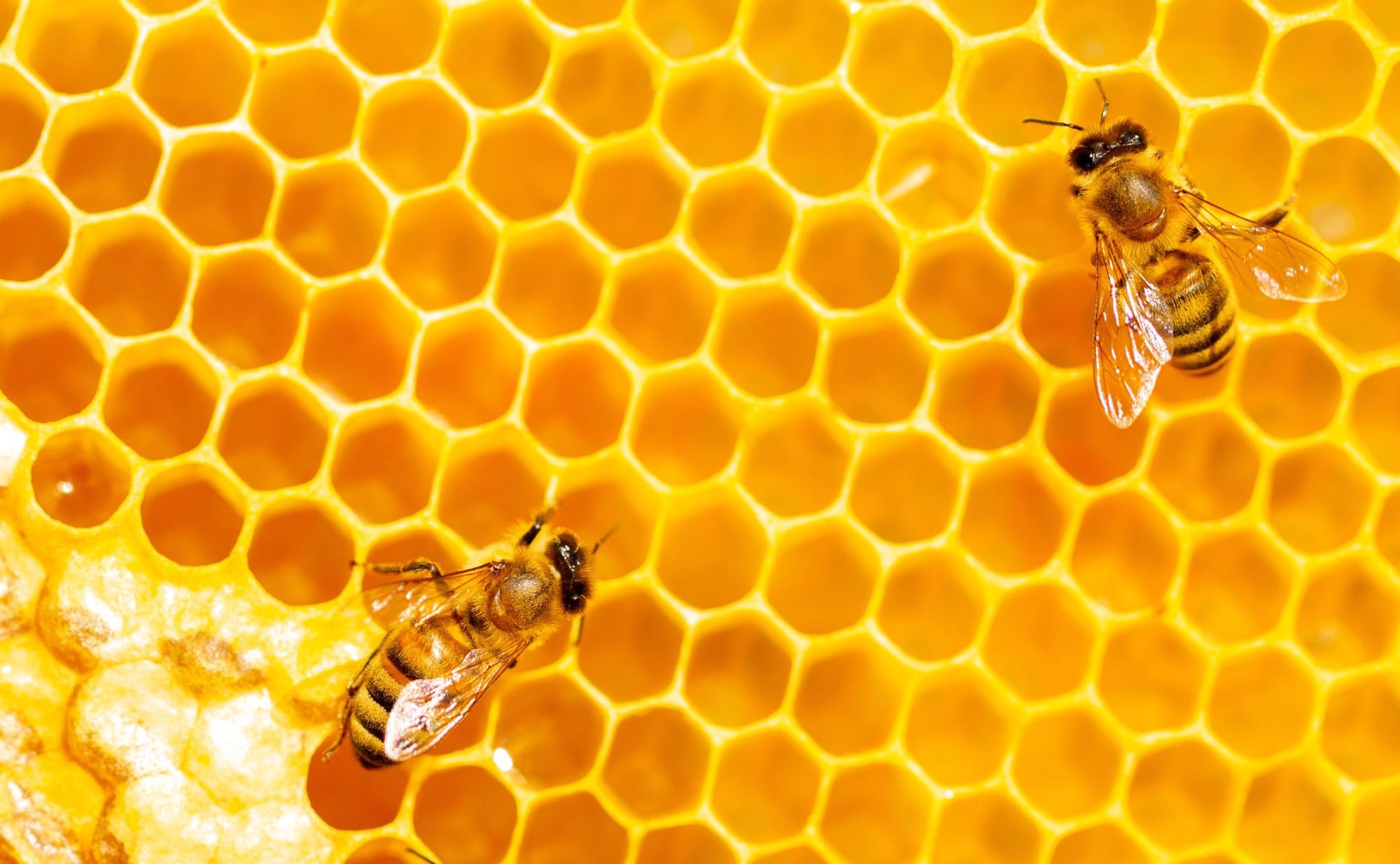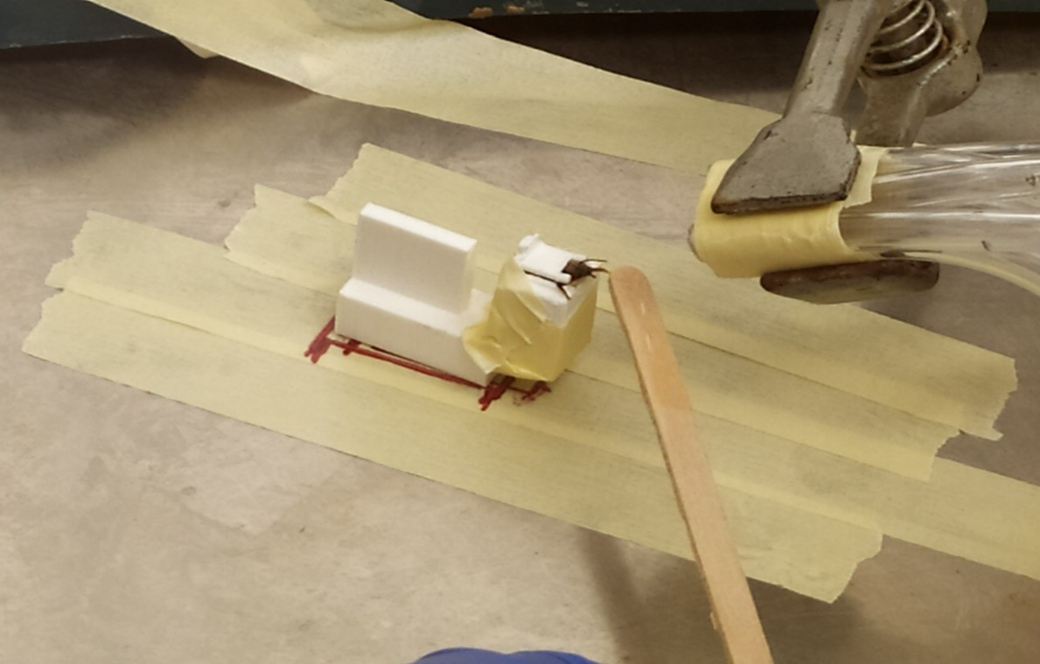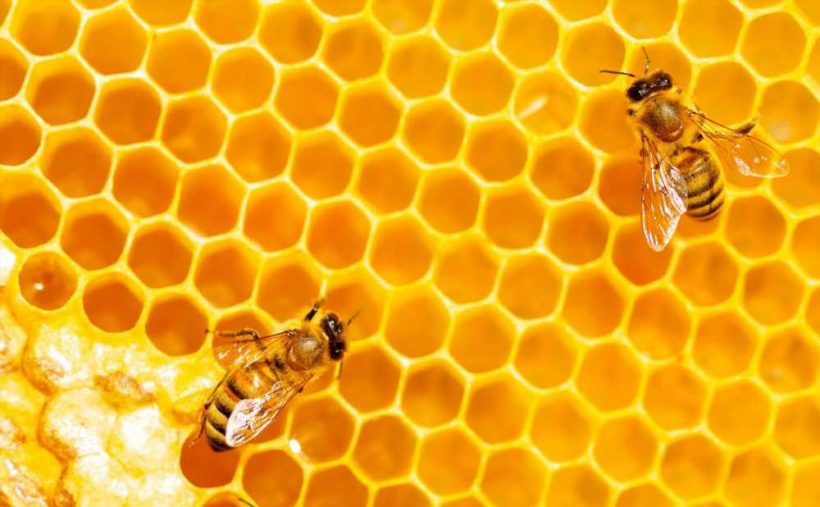In a recent study posted to the Biology Open journal, researchers showed that honey bees could be conditioned to detect severe acute respiratory syndrome coronavirus (SARS-CoV-2)-infected samples.
 Study: Bees can be trained to identify SARS-CoV-2 infected samples. Image Credit: Vera Larina / Shutterstock
Study: Bees can be trained to identify SARS-CoV-2 infected samples. Image Credit: Vera Larina / Shutterstock
Background
The SARS-CoV-2 pandemic has highlighted the importance of developing accurate and rapid diagnostic procedures for zoonotic, new viral illnesses in both animals and humans. Pathologies cause measurable changes in an animal's volatile organic compound (VOC) pattern, which may be tracked and used to construct a quick VOC-based diagnostic.
VOCs harbor an olfactory fingerprint unique to each individual based on sex, age, genetic background, metabolic conditions, and diet. An individual's health status could be determined by analyzing this odor fingerprint. As a result, VOC investigation has been employed for disease diagnostics in humans/animals, often through feces and breath analysis.
According to earlier research, animals can identify variations in VOCs released by healthy animals/humans and those with SARS-CoV-2 infection at the individual level. Dogs have been trained to distinguish between people with and without CoV disease 2019 (COVID-19) with high diagnostic sensitivity and specificity. Nevertheless, honeybees might be a viable alternative to dogs for detecting SARS-CoV-2 infection due to their minimal costs of maintenance and availability.
About the study
The goal of the present research was to analyze how effective trained bees were at detecting animal samples with SARS-CoV-2 infection. The authors used Pavlovian conditioning methods to successfully condition Apis mellifera (honeybees) to identify SARS-CoV-2-infected Neovison vison (minks). The investigators stated that bees could be easily trained to react only to the scents of SARS-CoV-2-infected minks and hence might offer a broader COVID-19 diagnostic approach.
The team compared the effectiveness of two distinct training methods for analyzing the bees' accuracy, memory retention, and learning rate. They devised a non-invasive fast test that involves numerous bees testing the same samples in tandem to obtain accurate information about a subject's health state.

Picture of the conditioning procedure during protocol 1. A single honeybee harnessed inside our custom-made bee holder. The bee has just been exposed to a positive sample and been provided with a wooden stick soaked in sugar water, which has led her to express the PER.
The researchers simulated a diagnostic assessment trial using the information derived from the training studies to anticipate the diagnostic test's probable effectiveness. They used a generalized linear mixed model (GLMM) to assess the learning curve of the bees during conditioning in two protocols. In both protocols, they examined the memory recall of the bees one hour following the conditioning phase. Each bee was tested against three different odors: scents of new-healthy, old-SARS-CoV-2-infected, and new-infected samples from minks.
The researchers also analyzed the proportion of bees with proboscis extension reflex (PER) based on the infected samples' cycle threshold (Ct) values. They investigated the distribution of simulated diagnostic outcomes using a cluster of 10 bees as a diagnostic instrument per sample.
Results
According to the results, the honeybees could distinguish between SARS-CoV-2-infected and non-infected samples based on odor differences. The bees differentiated between samples from healthy individuals and those from COVID-19 patients. Even though the capacity of the bees to distinguish between novel-infected and un-infected samples reduced between one and 24 hours after training, the scientists found that they were still able to do so one day later.
Furthermore, the SARS-CoV-2 load of the samples, which was indicated by Ct values, did not affect the capacity of the bees to detect a COVID-19-positive sample. Bees were just as good at recognizing samples with greater Ct values, suggesting reduced viral load, as those with lower Ct values used for training. The scientists anticipated that bees might be efficient for COVID-19 diagnostics with a projected specificity and sensitivity of 86% and 92%, respectively, after conducting simulations of the possible clinical application of the honey bees as a screening tool.
Further, protocol 1 was shorter versus protocol 2 and needed no unpleasant unconditioned stimulus (US) and few samples during conditioning, rendering it a faster technique to train bees. Nonetheless, unlike protocol 2, protocol 1 did not lead to the bees being capable of distinguishing between new-infected and new-healthy samples, implying that the former protocol was more effective for conditioning bees for SARS-CoV-2 diagnostic screening.
Conclusions
The present research highlighted the screening capability of a honey bee-based diagnostic tool for COVID-19 diagnosis. In addition, the study findings depicted that the developed honeybee-based diagnostic test for SARS-CoV-2 infection exhibited significant diagnostic specificity and sensitivity.
According to the authors, the present diagnostics based on bees could give rise to a reliable and rapid test that was readily available and requires low-input relative to currently available screening techniques. Further, such a diagnostic analysis might be especially significant in developing and remote communities without the infrastructure and resources needed for conventional testing procedures.
- Evangelos Kontos, Aria Samimi, Renate W. Hakze–van der Honing, Jan Priem, Aurore Avarguès-Weber, Alexander Haverkamp, Marcel Dicke, Jose L. Gonzales, Wim H. M. van der Poel; Bees can be trained to identify SARS-CoV-2 infected samples. Biol Open 15 April 2022; 11 (4): bio059111. DOI: https://doi.org/10.1242/bio.059111, https://journals.biologists.com/bio/article/11/4/bio059111/275246/Bees-can-be-trained-to-identify-SARS-CoV-2
Posted in: Device / Technology News | Medical Science News | Medical Research News | Disease/Infection News
Tags: Bee, Breath Analysis, Compound, Coronavirus, Coronavirus Disease COVID-19, covid-19, CT, Diagnostic, Diagnostics, Diet, Genetic, Honey, Pandemic, Research, Respiratory, SARS, SARS-CoV-2, Severe Acute Respiratory, Severe Acute Respiratory Syndrome, Syndrome

Written by
Shanet Susan Alex
Shanet Susan Alex, a medical writer, based in Kerala, India, is a Doctor of Pharmacy graduate from Kerala University of Health Sciences. Her academic background is in clinical pharmacy and research, and she is passionate about medical writing. Shanet has published papers in the International Journal of Medical Science and Current Research (IJMSCR), the International Journal of Pharmacy (IJP), and the International Journal of Medical Science and Applied Research (IJMSAR). Apart from work, she enjoys listening to music and watching movies.
Source: Read Full Article
